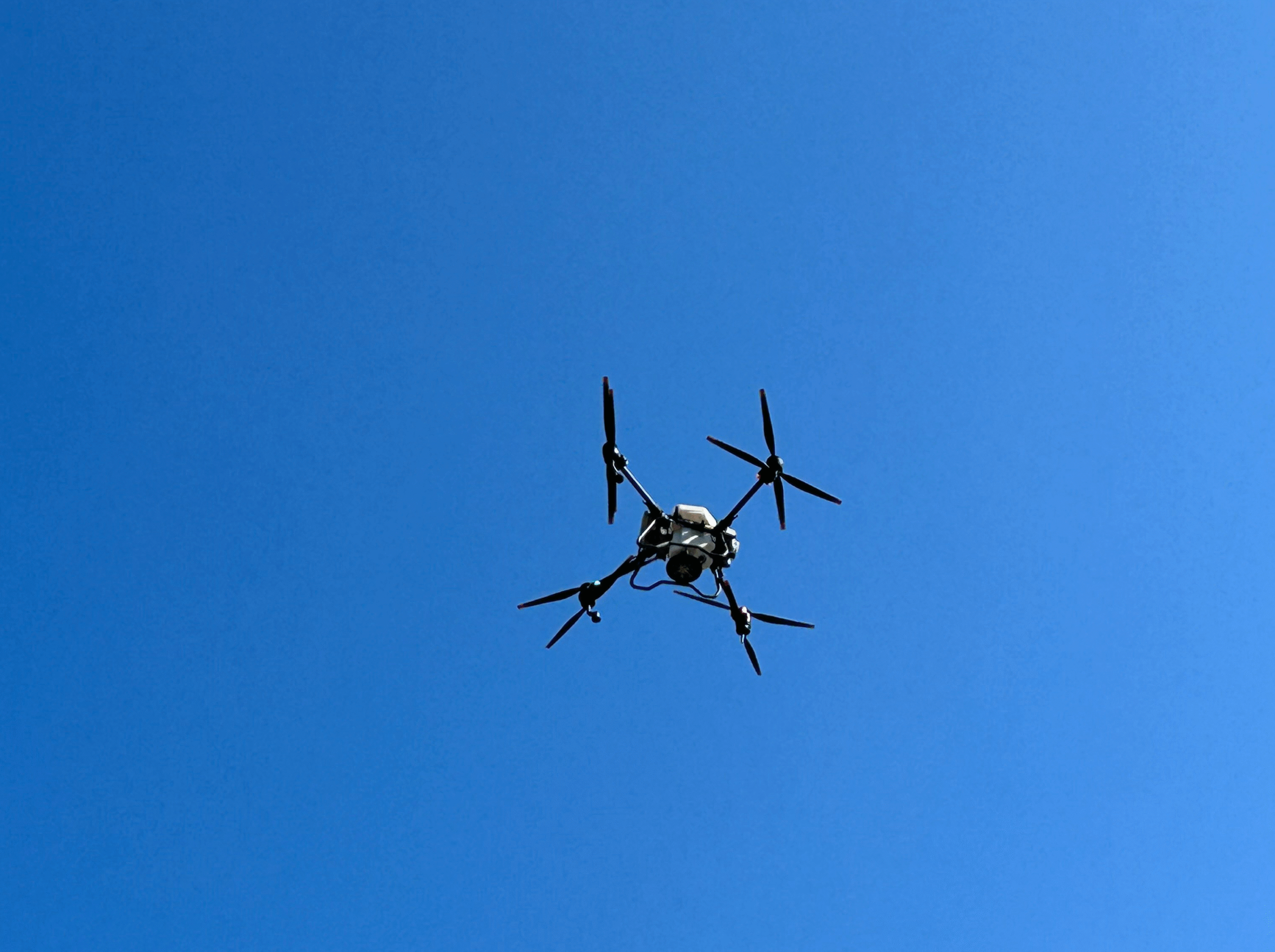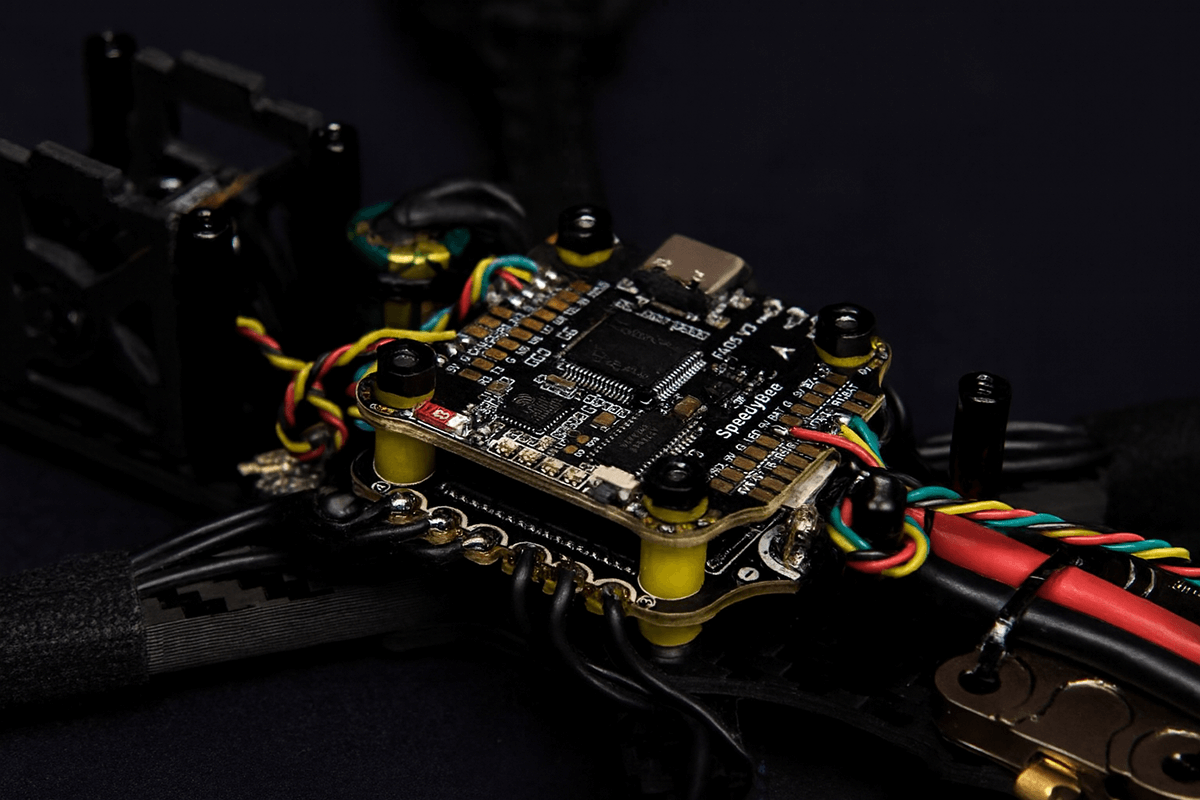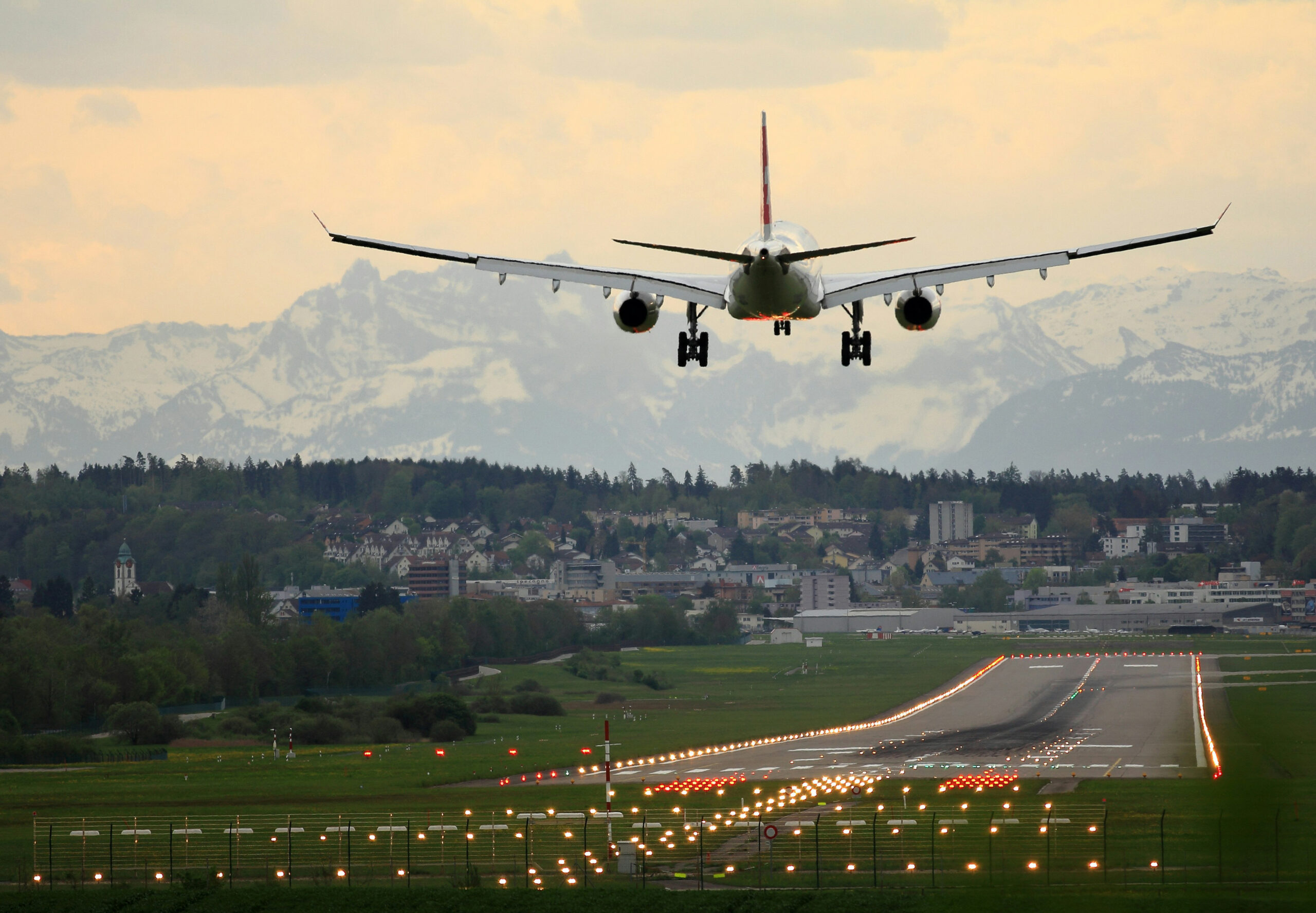
Tactical Drone Training: Which Skills Should You Hone?
Spotting the difference between a hobbyist and a true tactical drone pilot isn’t hard once you know what to look for. The pros have one thing in common: hours of structured drone training behind their belts.
If you, too, want to level up your flying game, start by mastering these core skills.
1. Advanced Flight Control & Manoeuvring
Routine waypoint flying is a commodity. You need to learn how to do tight maneuvers under stress: obstacle weaving, dynamic altitude changes, aggressive turns, rapid target shifts, and reaction to unplanned contingencies (gusts, turbulence, signal latency).
Training tips:
- Download an FPV drone simulator with real-world physics, turbulence, latency, and sensor feedback. Our top recs are VelociDrone and LiftOff. We love them for their realistic flight dynamics, customizable environments, and excellent track-building functionality.
- Create challenge courses. Perfect your techniques in urban canyons, dense foliage, and around obstacle towers. Try to reduce margins with each session. For an extra challenge, practice occasional emergency recovery drills (e.g., with sensor or rotor failure).
2. BVLOS and Long‑Range Navigation
Many tactical missions require extended reach — pipeline inspections, border patrolling, convoy overwatch. Operating beyond visibility demands higher confidence in autopilot, control link robustness, and situational awareness.
Training tips:
- Simulate BVLOS challenges — temporary coms link dropouts, latency spikes, and waypoint handoffs — in your simulator to stay sharp no matter what.
- Incorporate lost-link recovery and manual takeover drills. Fly test scenarios where your drone intentionally loses signal or GPS lock, then regains control manually or triggers autonomous return-to-home modes to ensure you can handle real communication failures with confidence.
3. Payload & Sensor Mastery
A strong hold of payload controls separates the noobs from the pros. Modern UAVs come with a great variety of payloads — EO/IR cameras, LiDAR, EW payloads, or multi-spectral sensors — and designated drone apps to control ‘em. To make the max out of these extras, you’ll need some practice with payload controls and sensor issue troubleshooting.
Training tips:
- Schedule dual-imaging drills. For example, with one camera in RGB, another in IR. Task yourself to fuse both streams, classify objects, and mark targets.
- Train payload & gimbal control while doing aggressive maneuvers — high-speed passes, tight S-turns, rapid altitude climbs, or quick yaw pivots — to build up your confidence.
4. Electronic Warfare (EW) and Signal Resilience
Weak GPS signal and high interference are often part of flying in industrial environments. And if you ever “graduate” to contested spaces, GPS jamming and signals spoofing are almost always a given. As an ace drone pilot, you need to know how to manage and mitigate such risks.
Training tips:
- Practice GPS-denied navigation, combining inertial, vision, and manual input. Start by flying short routes with GPS disabled in controlled test zones, rely on onboard IMU and visual odometry to maintain orientation, and gradually progress to longer or more complex routes using visual landmarks and telemetry cues to correct drift.
- Drill signal loss recovery, re-acquisition, and safe landing routines to develop muscle memory.
5. Situational Awareness & Cognitive Load Management
Most UAV flights involve multitasking. You have to stay atop of telemetry, visually assess your surroundings, and coordinate with other operators or on-the-ground personnel. That’s some taxing cognitive load. So your drone training routines should also prepare you for that.
Training tips:
- Add stress-injection elements to your drills. For example, a simulated airspace conflict or an emergency prompt to train on-the-fly action prioritization.
- Practice parallel tasks like tracking a target while answering comms to improve your attention and decision-making under pressure.
6. Counter‑Drone Thinking
Knowing how an adversary can jam or intercept your drone is essential for any future ISTAR pilot. Training yourself to think (and act) like a red team builds sharper instincts and faster reactions. You’ll need both in the field.
Training tips:
- Simulate mock counter-UAV events, e.g., interference zones, spoofed waypoints, drone intercepts, during your drills.
- Study counter-UAS frameworks such as the U.S. Department of Defense’s Counter‑UAS Strategy, NATO’s C‑UAS doctrine, and FAA regulatory frameworks for detection, identification, and mitigation, detection-to-interdiction workflows, and defense protocols.
Final Thoughts
Pro-level tactical pilots focus on repeatable skill over showmanship. To progress, your drone training sessions should target dynamic flight control, BVLOS navigation, situational awareness, multitasking, and payload management. Select rotating days when you practice each of these competencies in a flight simulator to develop muscle memory.

